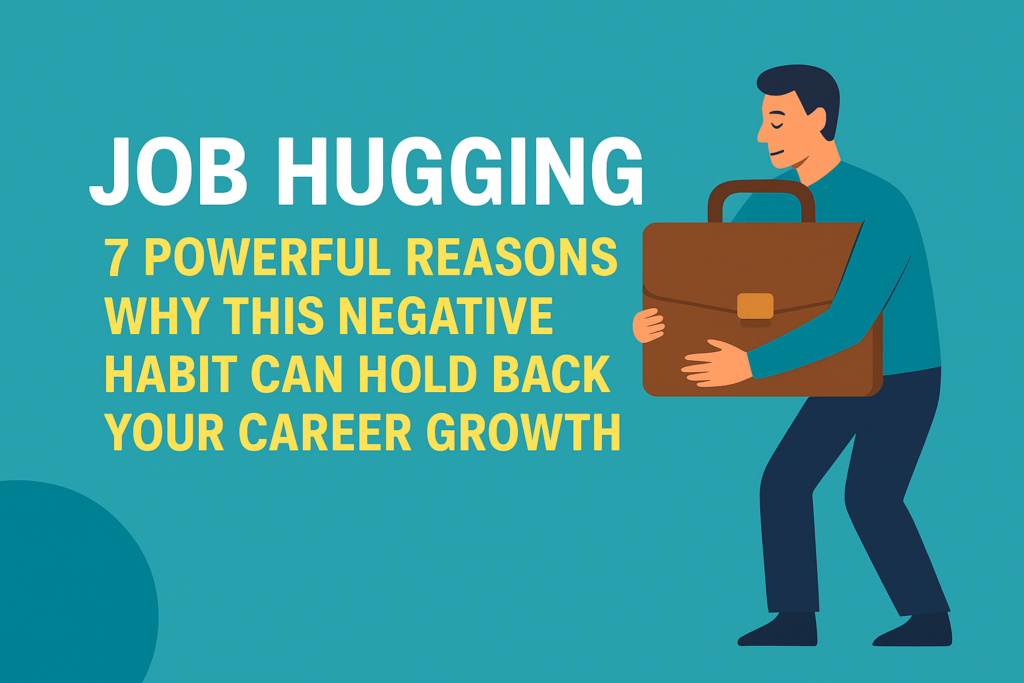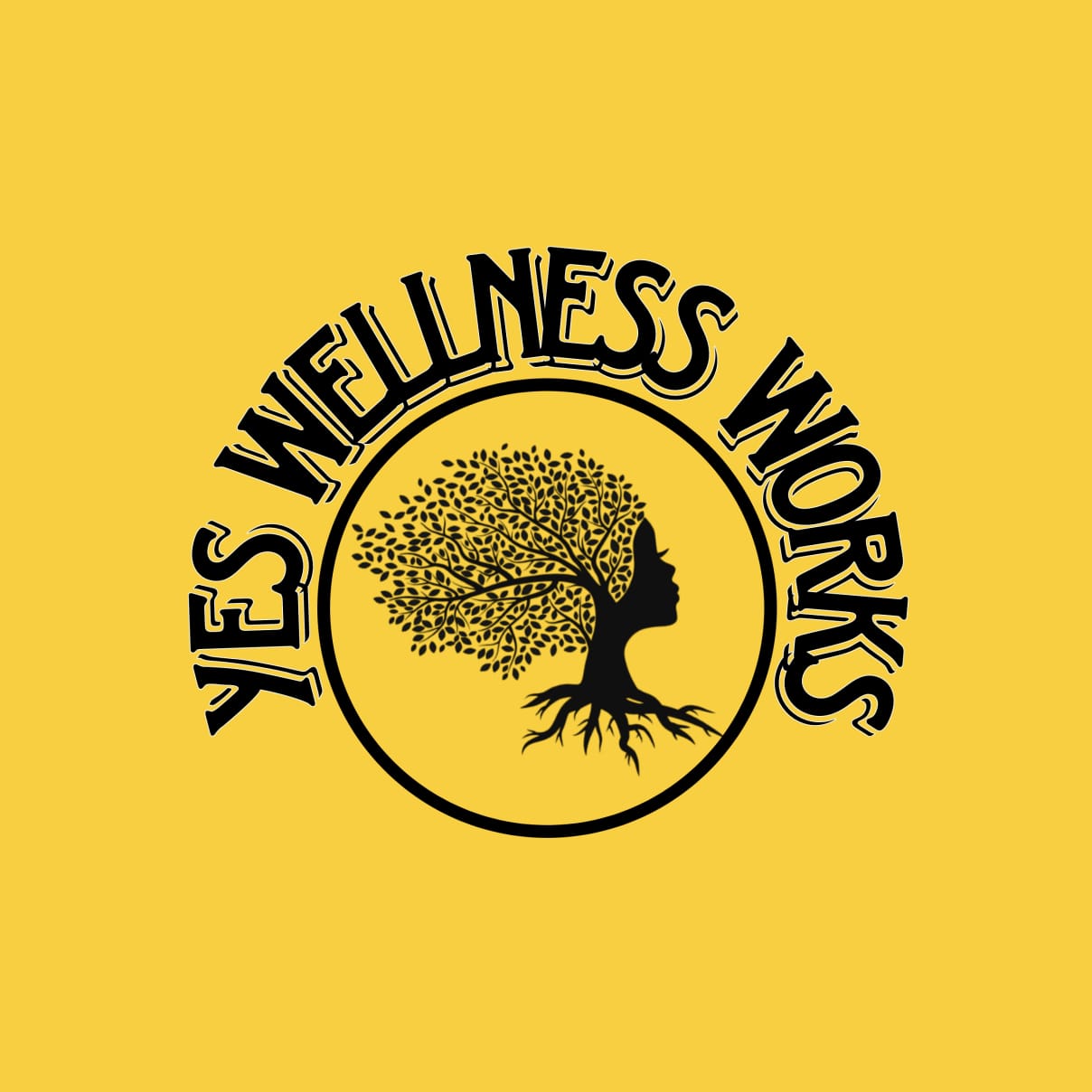
Job Hugging: 7 Damaging Ways Ignoring Acceptance Hurts Your Brain and Mental Health
Job Hugging: Why Staying Too Long in One Role Can Harm Your Growth
In today’s fast-changing professional world, many people are choosing stability over change. While being loyal to a company or job role is often appreciated, there’s a growing trend known as job hugging. This is when employees hold on to a position for too long, even when it no longer contributes to their personal growth, financial stability, or career development.
Though job hugging may feel safe, it often creates hidden barriers to long-term success. Let’s explore what it means, why people do it, and how to overcome this pattern without risking stability.
What Is Job Hugging?
Job hugging refers to the habit of sticking to the same job, organization, or role for years despite dissatisfaction, limited opportunities, or lack of professional growth. Unlike career stability, which is about long-term commitment with steady growth, job hugging reflects fear-based stagnation.
For example, someone may stay in a company for 15 years without promotions, skill development, or new experiences because they fear uncertainty in the job market.
Why Do People Engage in Job Hugging?
There are several psychological, social, and financial reasons.
- Fear of uncertainty – Many people believe switching jobs is risky, especially if the economy seems unstable.
- Comfort zone mentality – Routine and familiarity feel safer than the unknown.
- Financial security – A stable paycheck, even without growth, feels better than risking unemployment.
- Self-doubt – People may think they don’t have the skills to succeed elsewhere.
- Cultural factors – In some societies, loyalty to one organization is highly valued.
The Hidden Risks
At first glance, job hugging looks like loyalty. However, in the long run, it often limits personal and professional development. Some risks include:
- Stunted career growth – Staying in one role for too long can block promotions and skill-building.
- Skill stagnation – Without exposure to new challenges, skills can become outdated.
- Reduced confidence – The longer someone stays, the harder it becomes to believe they can succeed elsewhere.
- Mental exhaustion – Lack of passion or purpose may lead to burnout and dissatisfaction.
- Financial limitations – Job changes often bring salary hikes. Staying stuck may limit financial progress.
Job Hugging vs. Career Stability
It’s important to note that job hugging is not the same as stability. Career stability comes when employees grow within a company, gain new responsibilities, and evolve with the organization.
Job hugging, on the other hand, is about holding on to the same role with little or no advancement. The difference lies in whether you’re growing or just staying.
Signs
Here are some warning signs that suggest you may be job hugging rather than growing:
- You haven’t learned a new skill in years.
- Your salary has barely changed.
- You feel bored or disengaged but stay for comfort.
- You often say, “I don’t know if I can get another job.”
- You fear change more than you value growth.
If these resonate, it might be time to reconsider your career strategy.
Psychological Impact of Job Hugging
It doesn’t only affect career development; it also impacts mental health. The constant feeling of being stuck can lead to:
- Low self-esteem – When you’re not progressing, you may question your abilities.
- Anxiety about change – The longer you stay, the scarier change feels.
- Burnout – Repetition without challenge often results in emotional exhaustion.
- Loss of purpose – Work may begin to feel meaningless, which can affect overall wellbeing.
How to Break Free from Job Hugging
If you realize you’re stuck in job hugging, here are steps to move forward:
- Assess your career goals – Ask yourself what you want in the next 5 years.
- Upgrade your skills – Take online courses, certifications, or workshops to stay competitive.
- Network actively – Build connections inside and outside your industry.
- Test the waters – Apply for new roles, attend interviews, and explore options.
- Seek professional guidance – Career coaches or psychologists can help overcome fear of change.
- Plan strategically – Don’t quit impulsively; plan your exit with financial safety.
Healthy Alternatives to Job Hugging
Breaking free doesn’t always mean leaving your company. Some healthier alternatives include:
- Requesting new projects or responsibilities
- Asking for training opportunities
- Discussing promotion paths with managers
- Shifting departments or roles within the same organization
This way, you maintain stability while avoiding stagnation.
Real-Life Example of Job Hugging
Consider an employee who worked in the same bank role for 12 years. While others around them moved to managerial or specialized positions, they stayed in the same job. Though they felt “secure,” when sudden layoffs happened, they found it hard to adjust or compete in the job market.
This example highlights how job hugging can create a false sense of security that may backfire during unexpected changes.
Final Thoughts: Is Job Hugging Worth It?
Job hugging might give temporary comfort, but in the long run, it prevents growth, reduces adaptability, and affects mental health. In a world where industries evolve quickly, the ability to adapt and learn is more valuable than staying in one place.
The key is balance—valuing loyalty and stability while keeping space for growth and new opportunities. Instead of hugging your job out of fear, embrace your career path with confidence, flexibility, and long-term vision.

